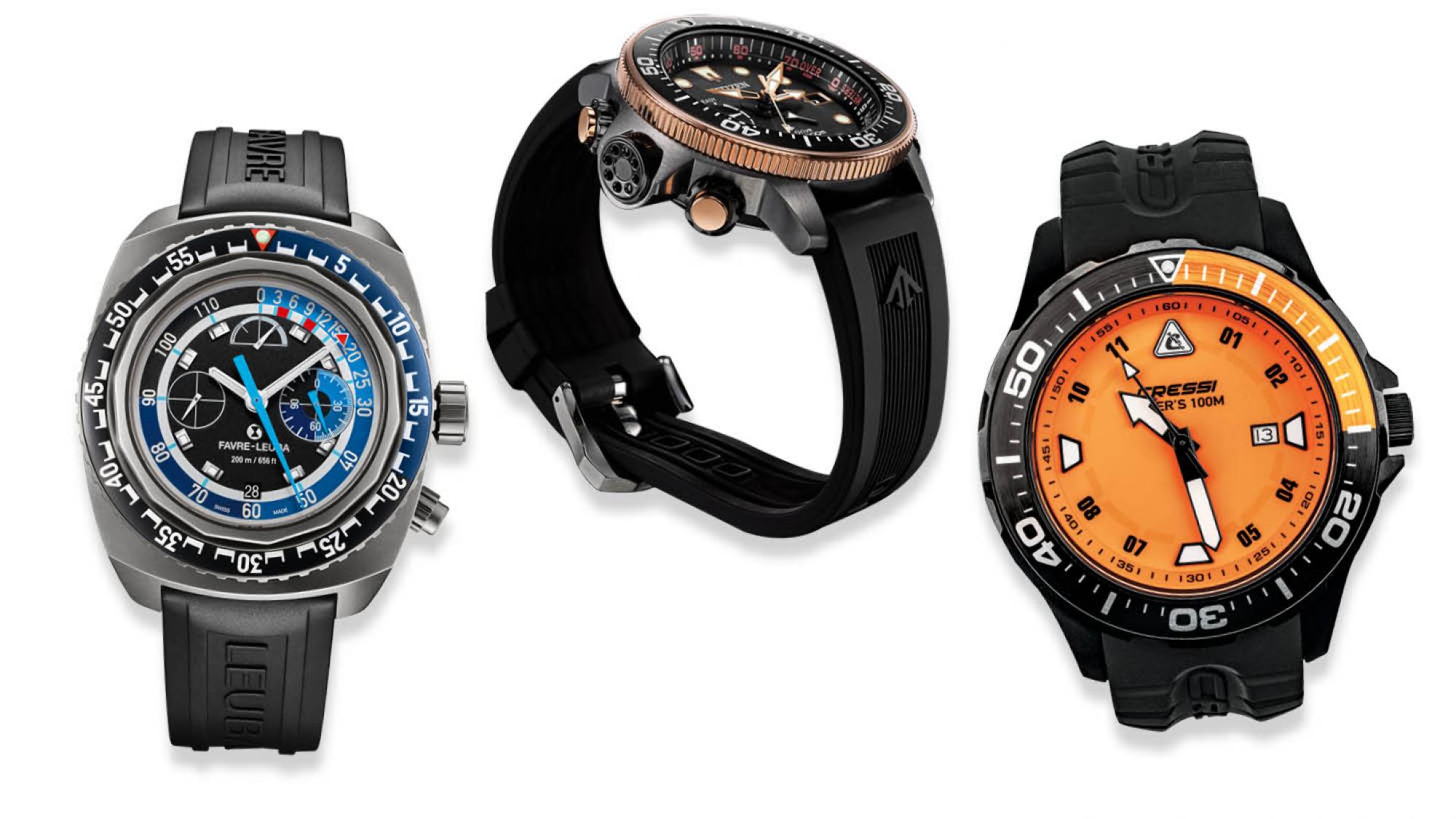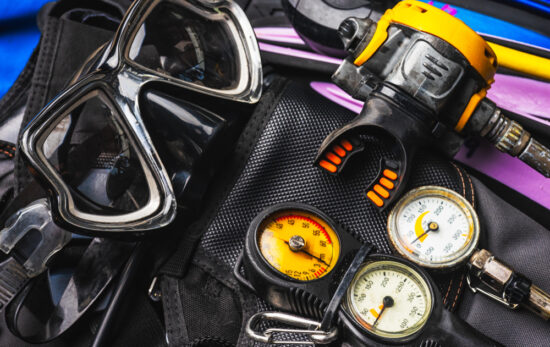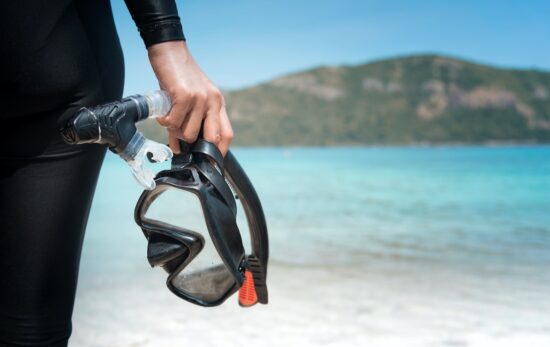In the world of scuba diving, few accessories are as iconic as the dive watch. But what exactly sets these timepieces apart from their land-loving counterparts? In this article, we dive deep into the intricacies of dive watches, exploring their construction, functionality, and why they remain a staple for both recreational and professional divers alike. Let’s plunge into the fascinating world of dive watches.
What is a Dive Watch?
Pretty simply, a dive watch is a watch that is constructed to withstand the pressure of underwater immersion of at least 100 meters (about 330 feet). Of course, scuba divers typically do not dive that deep, but that pressure rating ensures the watch’s safety for extended dips to recreational depths such as 60 feet (18 meters).
Know that not every “waterproof” watch is a true dive watch. When a watch is labeled “water-resistant,” it’s typically designed to hold up in humid environments or come in contact with splashes of water. Watches labeled “waterproof” are rated to certain depths, but are typically unable withstand the pressures involved in diving.
What is the Difference Between a Dive Watch and a Dive Computer?
A dive watch is a watch designed to withstand water pressure up to a depth of 330 feet (100 meters). Beyond that, it’s a normal watch that tells the time.
A dive computer is a digital device that calculates several types of critical information related to your dive, including depth, dive time, water temperature and more. It uses computer algorithms to deliver information such as no-decompression time. While some may refer to dive computers as a “dive watch” because many of them are worn on the wrist like a watch, they are two very different things. Dive watches do not use an algorithm to calculate no-decompression limits and are not a replacement for a dive computer.

Choosing a Dive Watch
Whether your focus is on style, function or practicality, selecting the right dive watch is as much about you as it is the watch. Here are some things to take into account.
Size
There’s no foolproof formula for the “right” size, but consider lug-to-lug distance – the dimension between the strap or bracelet attachments from top to bottom.
That distance should be slightly less than the width across the flat of your wrist, so the watch doesn’t overhang. For men with wrists up to about 7 inches (18cm) around, a case diameter up to about 2 inches (46 mm) often looks best.
Price
You can spend a lot for a dive watch. But you can also buy a well-crafted, stylish model for a lot less than a smartphone – without worrying about it becoming obsolete with the next software update.
Movement
Automatic (self-winding) and solar-powered dive watches are popular because they’re accurate, robust and convenient. A handy feature in automatics is the ability to manually wind them.
Style
Do you want a 200-meter (650-foot) dive watch that also looks at home peek-ing out from the cuff of your suit? Or something that only a diver would wear? It’s all up to you.
To learn more about the best dive watches currently on the market, including prices, depth ratings, power sources, and special features, check out Scuba Diving magazine’s ScubaLab buyers’ guides by clicking the button below.
This blog was written by Robby Myers, Scuba Diving magazine’s ScubaLab Director.




